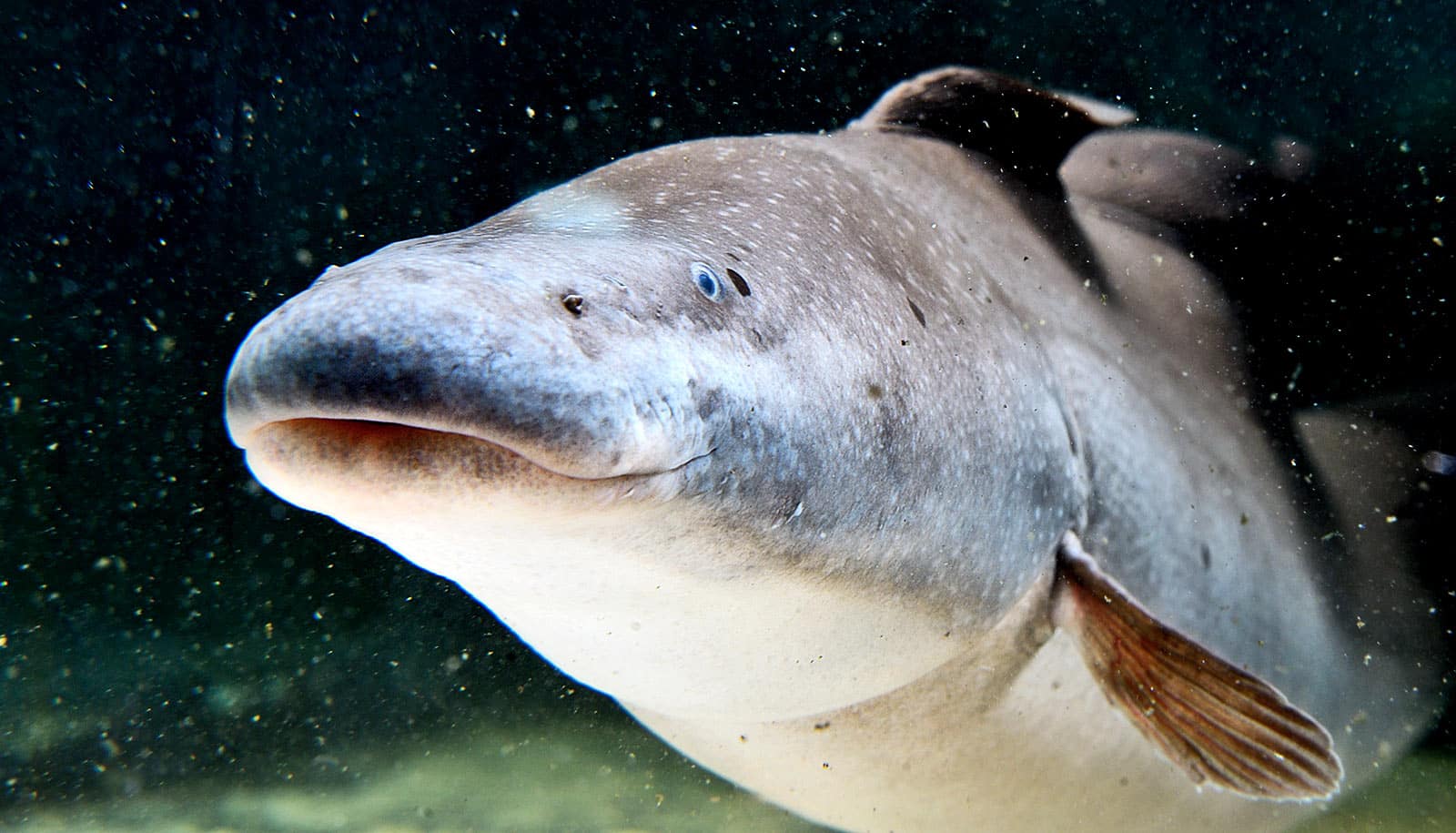
(Image Copyright: Jason Gallant/Michigan State University) Professor Jason Gallant of Michigan State University studies electric fishes and the evolution and origin of their electric organs. So the fish are actually controlling the lights: each time the fish generates an electric pulse, the lights get switched on! The Christmas tree device we built monitors the water for each electrical pulse produced by the fish, then turns on an electronic switch hooked up to a normal household outlet where we plugged in the lights. The combined voltage of all these cells forms a weak electric field, which we can detect as pulses using our instruments. When the fish’s nervous system instructs the electric organ to discharge, all of the cells do that simultaneously.

The electric organ is an organ with incredible precision and synchronization. Each electrocyte produces a pulse is very much the same speed and voltage as the action potentials produced in the nerves and muscles of your body. The electric organ is composed of many tiny cells called electrocytes. Weakly electric fish like elephantfish produce electric discharges for communication and navigation in their environments with a specialized organ called an electric organ.

Explain to us what we’re actually seeing when the lights flash on and off. Your fish-triggered tree lights are a great way to visualize the unusual way these elephantfish are equipped to sense and communicate with their world. Jason Gallant’s research focuses on the genetics and evolution of these electric organs in elephantfish and in other unrelated fish like the electric eel ( Electrophorus electricus). I asked Gallant to tell us more about his fish-activated Christmas tree lights, and what researchers are learning about the electric abilities of elephantfish. Their strange heads aside, elephantfish are also famous for having electric organs-highly specialized muscles which the fish use to discharge electricity in specific frequencies and signal patterns.

So these species have been given a rather ridiculous sounding name-“baby whale”-by the tropical fish pet trade.īrienomyrus brachyistius, a species of elephantfish in the family Mormyridae. However, some species like Brienomyrus brachyistius have a stubby mouth and a squared-off head, somewhat resembling a sperm whale. The species controlling these lights is Brienomyrus brachyistius, a species of elephantfish found in West and Central Africa, from the Democratic Republic of Congo north to Gambia.Įlephantfish got their funny name because many species have oddly shaped mouths, either stretched out in a long snout or equipped with a long appendage on their chin-both resembling an elephant’s trunk.

Gallant keeps a few species of elephantfish at his laboratory, and recently turned over the light controls of his lab’s Christmas tree to these fish-which have the ability to produce electrical signals: Professor Jason Gallant of Michigan State University studies a strange-looking group of fishes from African rivers called elephantfishes. For many Europeans and North Americans, December brings out the festive traditions of the Christmas tree or tannenbaum, where evergreen trees often get decorated with electric lights, glowing and twinkling away into the night.Īnd at one researcher’s lab, fish are lending a hand in the tree lighting.


 0 kommentar(er)
0 kommentar(er)
